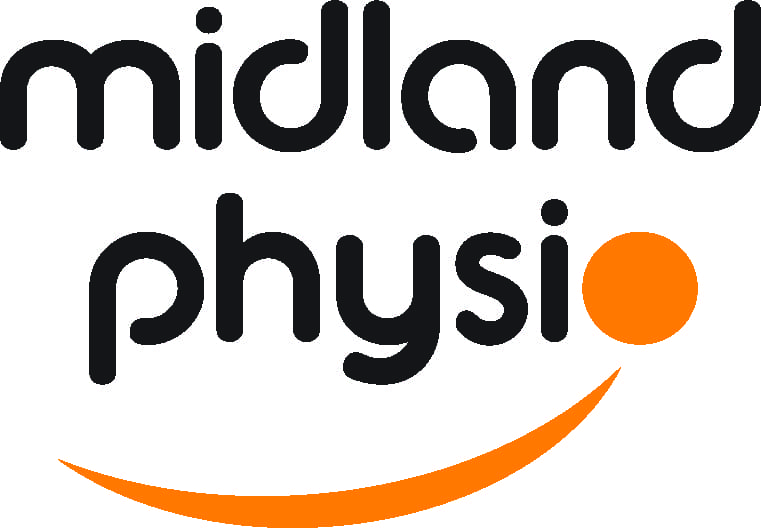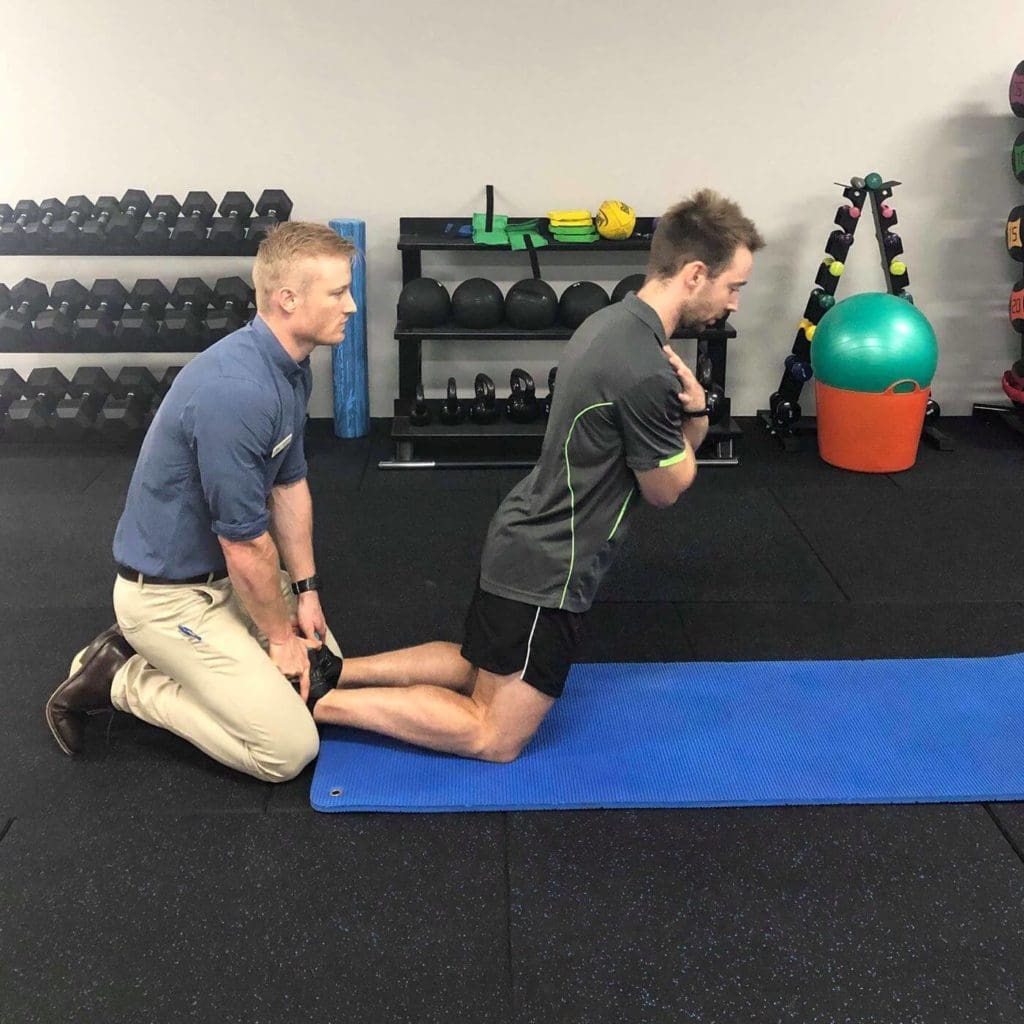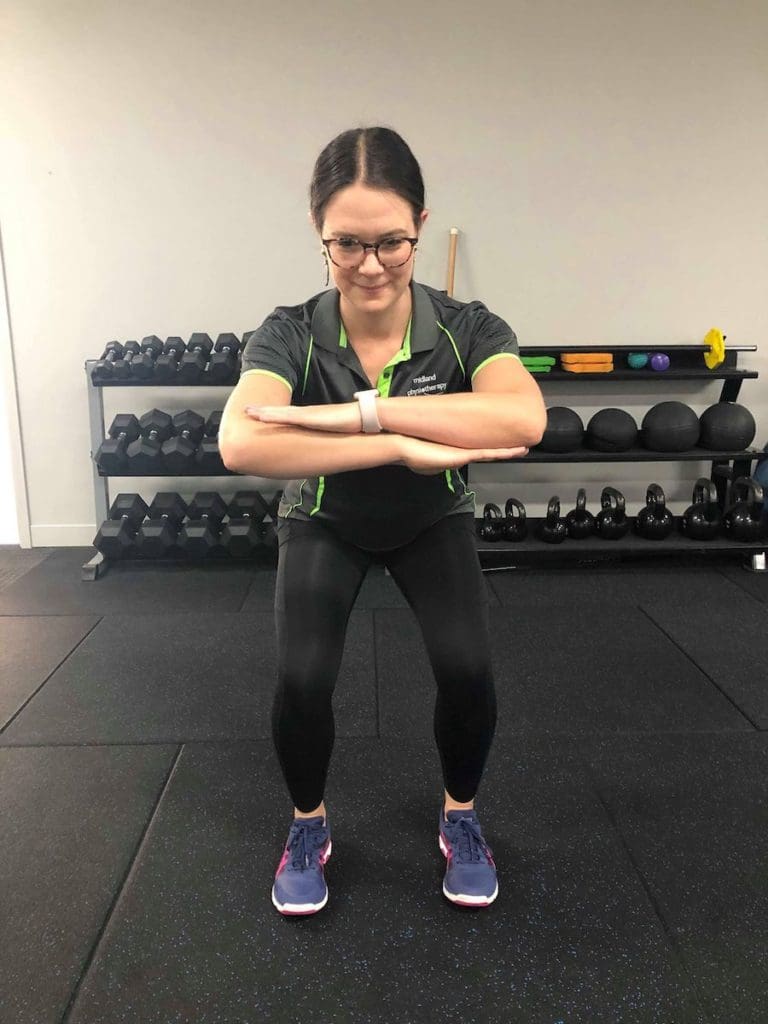Back pain with lifting tasks is one of the most commonly reported issues we manage as physiotherapists. Pain with lifting can develop gradually or suddenly after one lifting event. Most people believe that low back pain, related to lifting, means their back is damaged and they need to protect it by avoiding certain movements and activities such as bending and of course lifting. The truth is, most cases of back pain are not serious in nature and may need some management and exercises in order to return you to full function.
Some risk factors for lifting pain are jobs that involve lots of heavy lifting, repetitive jobs and having to lift something you’re not conditioned to lift.
After someone experiences, pain with lifting there might be an initial few days of rest from strenuous activity but then you have to begin the conditioning and rehab phase to get you back to normal, just like you would for any other pain event e.g. hamstring strain or ankle sprain.
What we also now know is that other factors can contribute to a pain event with lifting. These things include periods of high stress, anxiety, fatigue or periods when you aren’t sleeping quite as well as usual. These factors might make someone’s body not tolerate lifting loads as they usually would. These factors should be addressed in conjunction with the gradual loading program that is detailed below.

Exercise Principles
These two exercises below do a great job at loading up your lower back muscles in a controlled manner. You should begin with the easiest variation and work your way up to the next progression in your own time. As a general rule of thumb, each exercise should be performed for three sets of ten repetitions. Mild/moderate levels of pain during these exercises can be expected but should not last longer than 24 hours after finishing your exercise session.
The squat forms the basic exercise on which the next three build on. Starting with feet shoulder width apart, bend through the hips and knees as though you were going to sit backwards.
Technique Cues:
- Bottom back, keeping the knees behind the toes
- Knees wide, inline with your hips and feet – don’t let them drop in together!

Reverse Hyperextension Progression
The most remedial version of this exercise is the cobra. When first starting, use as much assistance as necessary from your arms to push your torso up. As you progress through the days or weeks, reduce or remove the assistance of your arms.
Next progression is a bent knee reverse hyperextension. Start with your feet on the ground and slowly lift your legs upward with the goal of getting your thighs to parallel with the floor. You can make this exercise easier by placing something under your feet at the start to reduce the distance your legs have to travel upward.
Finally, the full reverse hyperextension is the same as the prior variation with the one change of keeping your legs straight throughout the movement. You can progress this by adding weight between your legs and working slightly higher than parallel with your legs.

Deadlift
In order to work our way toward a conventional deadlift, we’ll start with a sumo squat. You can begin this with a weight or your body weight. If you are not familiar with correct squat technique, think about sitting down on a chair to cue the correct movement. When you have progressed to the weighted variation (as pictured), position the weight directly under yourself and try to keep it close to your body throughout the movement.
Next progression is dumbbell deadlifts. Keep the dumbbells on the outside of your legs. At the bottom of the movement, notice how your bottom should be higher than your knees. This is an important change from the sumo squat which allows you to expose your lower back to more of the load that you’re lifting.
The final progression is your barbell deadlift. This variation allows us to have the weight in front of the body and therefore increase the work of your lower back during the exercise. There are a few variations of the deadlift that you can adopt, but we’ll use the conventional deadlift, which is, feet positioned about shoulder width apart with the same lifting technique as the dumbbell deadlifts above. Ideally, you try and maintain the contact of the barbell on your legs throughout the movement. To progress this exercise, gradually increase the weight when able.




